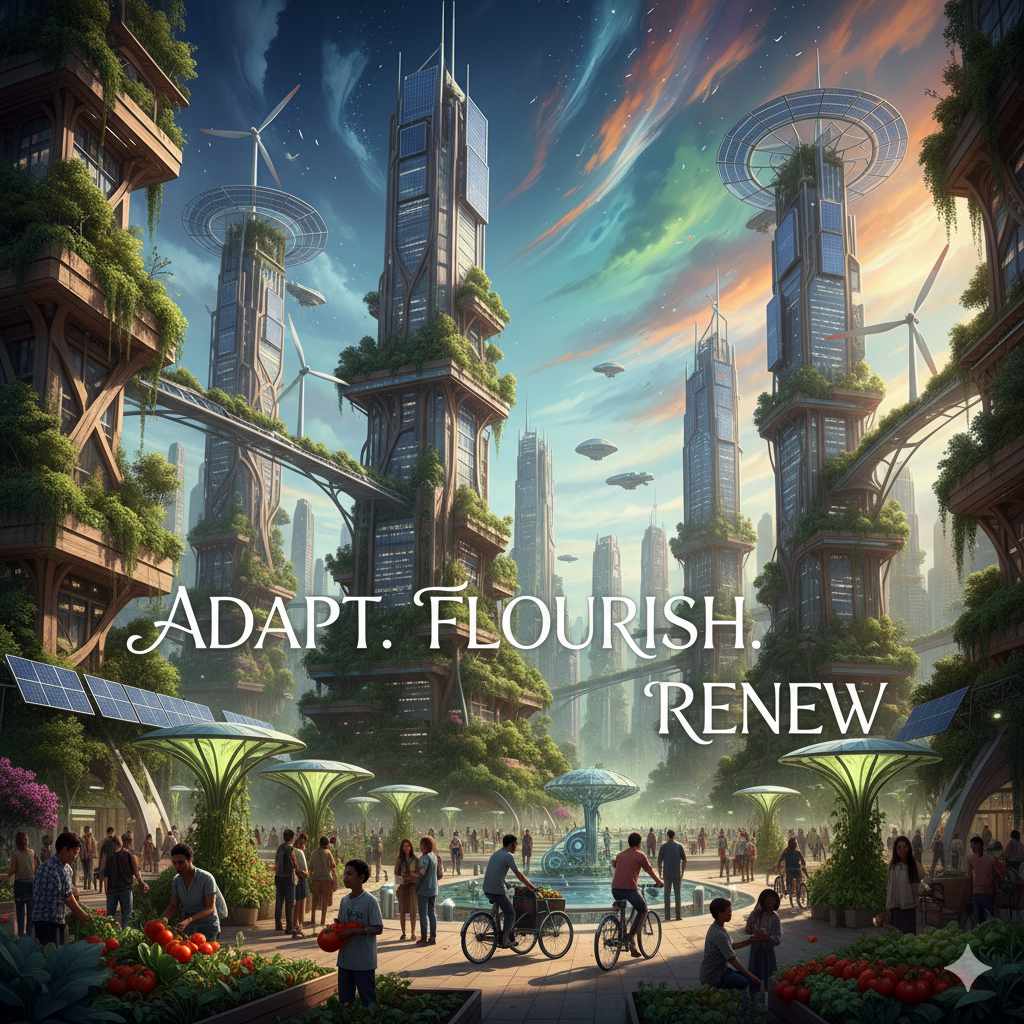If you’re curious about stories where the planet itself plays a starring role (think rising seas, shifting weather, human responses), then you’re exploring the world of climate fiction. Climate fiction (sometimes shortened to cli-fi) refers to works of fiction in which climate change or an altered climate is central to the story. Their storylines often draw on real science, speculative futures, or both.
Understanding the Genre
According to some research guides, the term “climate fiction” was coined by journalist and activist Dan Bloom around 2007–2008. The phrase helps to identify works of fiction that directly engage with climate change, rather than focusing solely on disaster or environmental crisis.
A climate fiction novel typically places climate change and its consequences, e.g., sea-level rise, drought, extreme heat, mass migration, and ecological catastrophe at its central narrative thread. These works may also fold in social, economic, political, or technological storylines. Some are dystopian, some more speculative or even optimistic, but all treat climate impacts as more than background noise.
Beyond storytelling, these novels act as thought experiments that project the long-term consequences of our present-day choices in relation to environment. They translate scientific data and policy debates into human terms and reveal how climate change transforms economies, geographies, and moral priorities.
Research in environmental humanities suggests that reading climate fiction can heighten awareness of risk and responsibility and help readers to be more sensitive to the human costs of environmental change. For those exploring a new genre, a climate fiction book offers both imaginative speculation and a sharper grasp of the realities shaping our future.
How to Pick a Climate Fiction Novel
- Consider thematic focus: Some books foreground climate adaptation (how humans cope), others focus on mitigation (how humans try to fix things), and still others lean into disaster (when things go very wrong). Recognizing which angle you prefer will shape your reading experience.
- Watch the setting and tone: Does the story take place in the near-future Earth, a radically changed world, or a lightly altered present? The answer affects how “realistic” versus “speculative” the tale feels. Also note whether the tone is bleak, hopeful, or mixed (climate fiction spans them all).
- Blend of science and storytelling: Effective climate fiction balances credible science with rich characters and plot. Look for novels where climate elements are integrated rather than merely decorative. A good climate fiction book will make you think and feel both.
- Sample to start with: As you begin exploring climate fiction novels, try one with strong reviews or a solid “gateway” status. (See next section for examples.) Starting with mid-length works may help you dip your toe in without feeling overwhelmed.
Recommended Cli-Fi Stories to Read
Here are three standout titles to begin your journey into climate fiction. Each helps illustrate what the genre can do.
- Parable of the Sower (1993) by Octavia E. Butler: Set in a near-future United States devastated by climate change, inequality, and social breakdown, this novel follows Lauren Olamina as she forms a new belief system while striving to survive and rebuild as social order unravels.
- The Ministry for the Future (2020) by Kim Stanley Robinson: This novel imagines a near-future global crisis triggered by a deadly heat wave, and follows a UN-style organization fighting to protect future generations and stabilize climate systems.
- Flight Behavior (2012) by Barbara Kingsolver: While less apocalyptic, this narrative explores climate effects through the metaphor of butterfly migration and rural life, offering a more “grounded” entry into climate fiction.
The genre is broader than just the high-profile novels, however. Climate fiction works include short stories, anthologies, global perspectives, and speculative blends. Some use eco-fiction tropes or mix environmental themes with thriller, mystery, or speculative fiction. Additionally, as the genre expands, authors from diverse regions are bringing new cultural dynamics and climate realities into play.
Additional works that deepen the reach of cli-fi include Margaret Atwood’s Oryx and Crake (2003), which imagines a biotechnological future transformed by environmental experimentation and its unintended consequences, and Paolo Bacigalupi’s The Water Knife (2015), a tense portrayal of water scarcity and political unrest in a parched American Southwest.
Richard Powers’ The Overstory (2018) expands the genre’s scope through its interwoven stories about trees, activism, and ecological interdependence. Together, these titles extend the imaginative range of climate fiction, tracing how environmental upheaval alters both planetary systems and individual lives.
Further Reading
The Rising Tide of Cli-Fi, or Climate Fiction by Melissa Hart, The Writer
Narrating the Anthropocene: Hope, Fear, and the Rise of Climate Fiction by Giulio Rocca, Medium
The Politics of Climate Fiction: Why We Don’t Talk About What Is Killing the Planet by Siyue Tang, Oxford Political Review
Compelling Climate Fiction To Read Before It Becomes Nonfiction by New York Public Library




